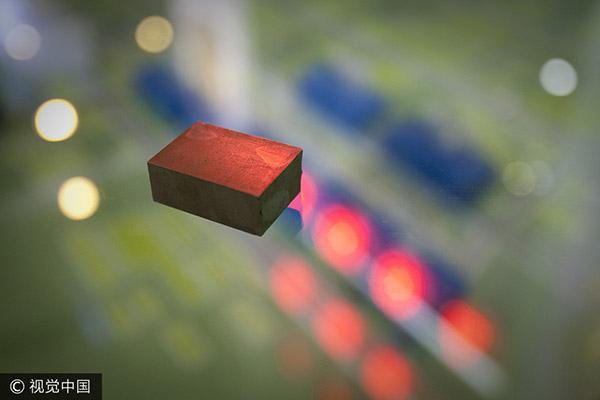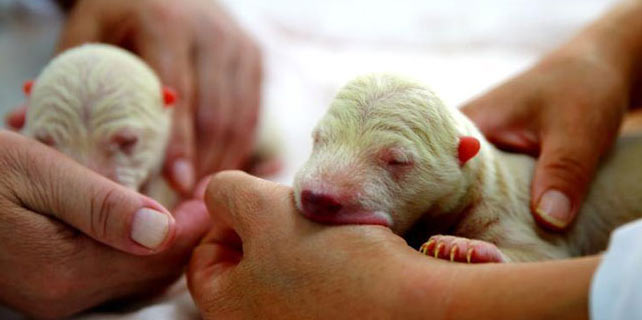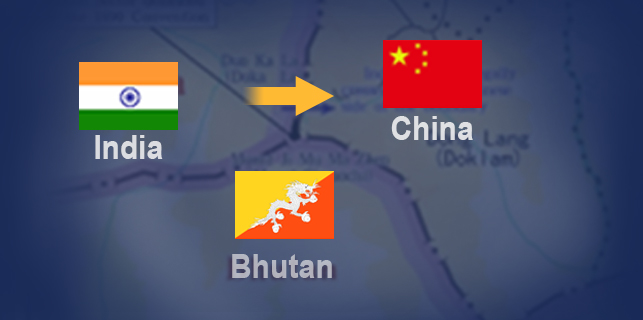From mining to big data : Inner Mongolia's economic development
This year is the 70th anniversary of China's North Inner Mongolia autonomous region. In this time, the region's economy has expanded from 537 million yuan ($78 million) in 1947 to 1.86 trillion yuan ($270 billion) in 2016, according to cctv.com.
Its economic structure has diversified from a single focus on mineral resource exploitation to embrace new energy, big data and cloud computing, new material, energy saving and environmental protection, high-end equipment manufacturing, traditional Mongolian medicine and biotechnology.
Mining
 |
|
A rare earth magnet is displayed in the showroom at Inner Mongolia Baotou Steel Rare-Earth Hi-Tech Co in Baotou, North China's Inner Mongolia autonomous region. [Photo/Xinhua] |
Last year, the region cut 3.3 million tons of coal overcapacity and 2.91 million tons of steel, cctv.com reported. Its coal industrial value-added output accounting for 21.9 percent of its large-scale industrial value-added output in 2016, a 9 percent decrease from six-year ago.
Baotou, a city in the region, has more than 80 percent of China's rare earth reserves. In 2015, rather than selling the rare raw materials at a low price, the city cooperated with the Chinese Academy of Sciences to build a research center to explore rare earth uses in many areas.
Now, the center works with Baotou Iron and Steel Group (Baogang Group) to produce steel with added rare earth element with an annual output value estimated at 10 billion yuan.
















